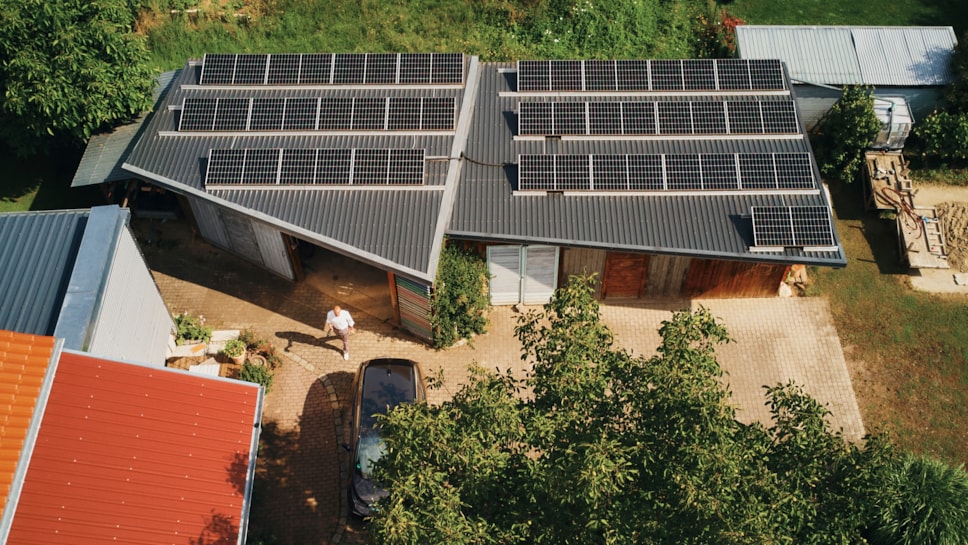
Clever cost savings and energy independence with bi-directional charging
E.ON pilot project ‘Bi-clEVer’ demonstrates the potential of bi-directional charging to deliver cost savings for EV drivers.
Electric vehicles (EVs) are taking over transport, reporting a five-fold increase in sales since 2024 with 1.4 million on UK roads right now and making up a quarter of the new car market last month in June 2025 - a 45.5% increase on the previous year. As well as offering a cleaner and more sustainable alternative to traditional combustion engine vehicles, the benefits of EVs extend beyond reducing emissions and improving air quality. Our ‘Bi-clEVer’ pilot project showcases the potential impact two-way charging has on cost savings while increasing energy independence for EV drivers.
The Bi-clEVer project, which began in 2022, was carried out with two families testing the technology – charging solutions from E.ON and BMW i3 vehicles – in their everyday lives, with continuous data evaluation and optimisation by a team of experts.
The study revealed that EV drivers could save up to 920 euros (almost £760) a year, on their home energy bill, through bi-directional charging with a combination of vehicle-to-home (using energy from the EV battery to power their home) and vehicle-to-grid (getting paid to feed energy from the EV battery into the grid) capabilities. This allows EV owners to utilise energy from their car batteries to power their homes and even feed excess energy back into the power grid at times of high demand or low supply.
What’s more, the project shows EV owners can also achieve a remarkable degree of energy self-sufficiency. When adding a 42-kWh EV battery to a solar system and bi-directional charging, around 50% of their energy needs can be met, including energy to power a car, without needing to call on the grid. Great news for those worried about the need to massively increase energy infrastructure around the country.
In addition to cost savings, bi-directional charging contributes to the decarbonisation of the energy sector. EV drivers also have the potential to generate income by selling electricity from their vehicles back to the grid, by buying energy during periods of low prices, storing it in their vehicles and selling back when prices are higher. This process not only benefits individual EV owners but also provides valuable flexibility to the energy market and grid by making best use of sustainably generated energy during periods of high demand.
The potential scale or this is huge. Just think, if every one of the 19.3m houses and bungalows across England and Wales was linked up to solar panels with a 42kWh battery, in form of an EV, half of all their energy needs could be self-sufficient, with only around 50% of energy required from the grid. While it may be a tall ask to expect all homes to invest in EV, solar and battery, a two way flow of supply could be made much easier through sharing energy across communities. Technology exists for local buildings such as schools, supermarkets, libraries, as well as homes, with roof space for solar panels, to generate their own energy and sell what they don’t need back to the surrounding community.
From substantial cost savings to increased energy self-sufficiency and the empowerment of the energy transition, bi-directional charging is a game-changer in the world of cleaner motoring. As technology continues to advance and evolve, bi-directional charging holds the key to a more sustainable and resilient energy future.
